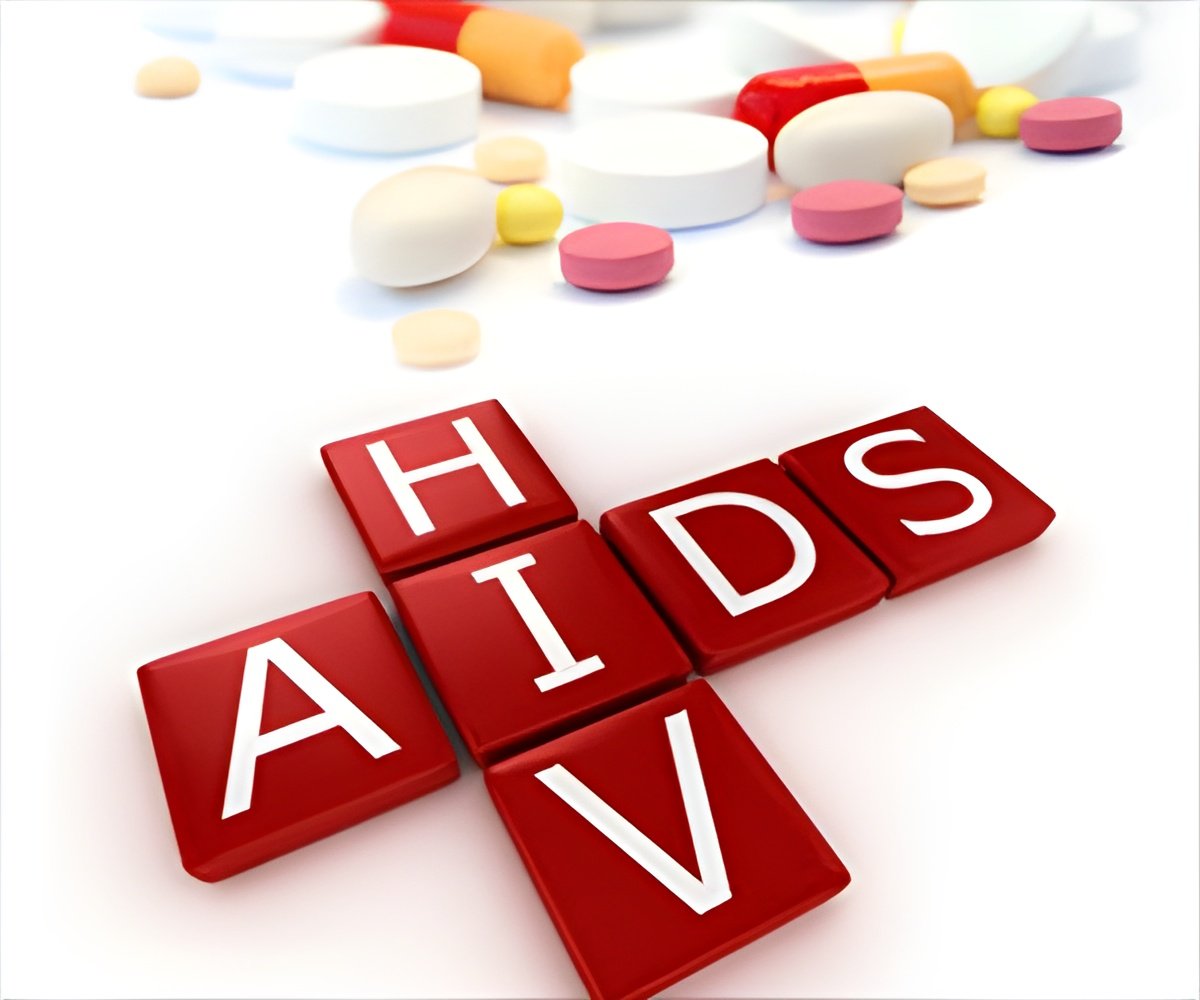For patients with the human immunodeficiency virus (HIV), age disparities exist in the continuum of care with people younger than 45 years less likely to be aware of their infection or to have a suppressed viral load.

Early diagnosis, prompt and sustained care, and antiretroviral therapy (ART) are associated with reduced morbidity, mortality and further transmission of the virus. However, of the more than 1.1 million people living with HIV, more than 200,000 are unaware they are infected, less than 50 percent of people infected receive regular care and fewer than 30 percent have a suppressed viral load, the authors write in the study background.
H. Irene Hall, Ph.D., of the Centers for Disease Control and Prevention, Atlanta, and colleagues used data from the National HIV Surveillance System to determine the number of people living with HIV who are aware and unaware of their infection. Researchers also calculated the percentage of people linked to care within three months of diagnosis and estimated the percentages of people who were retained in care and who were prescribed ART.
"Additional efforts are needed to ensure that all persons with HIV receive a diagnosis and optimal care to reduce morbidity, mortality, disparities in care and treatment, and ultimately HIV transmission," the authors note.
Of the estimated more than 1.1 million persons living with HIV in 2009, nearly 81.9 percent had been diagnosed, 65.8 percent were linked to care and 36.7 percent were retained in care, 32.7 percent were prescribed ART and 25.3 percent had a suppressed viral load, according to study results.
Among people infected with HIV who were 13 to 24 years of age, 40.5 percent had received a diagnosis and 30.6 percent were linked to care. Lower percentages of people ages 25 to 44 were retained in care, were prescribed ART and had a suppressed viral load than were people ages 55 to 64 years of age. For example, among patients ages 25 to 34 years, 28 percent were in care compared with 46 percent among those patients ages 55 to 64 years, the results indicate.
Advertisement
"Individuals, health care providers, health departments and government agencies must all work together to increase the numbers of people living with HIV who are aware of their status, linked to and retained in care, receiving treatment and adherent to treatment," the authors conclude.
(JAMA Intern Med. Published online June 17, 2013. doi:10.1001/jamainternmed.2013.6841. Available pre-embargo to the media at http://media.jamanetwork.com.)
Advertisement
Commentary: Overcoming the HIV Obstacle Course
In an invited commentary, Katerina A. Christopoulos, M.D., M.P.H., and Diane V. Havlir, M.D., of the University of California, San Francisco, write: "In 2011, the HIV field was shocked to learn that only about a quarter of individuals living with HIV were successfully receiving HIV treatment."
"The sobering numbers of those missing out on effective treatment because they did not know they were infected and those who knew their status but did not seek care spurred collaboration between the HIV treatment and prevention movements, two areas with different funding streams that often operated independently of one another," they continue.
"Already the HIV community has mobilized to further develop and study interventions that address bottlenecks in the cascade. Achieving an AIDS-free generation will be within reach if, and only if, these efforts succeed," they conclude.
(JAMA Intern Med. Published online June 17, 2013. doi:10.1001/jamainternmed.2013.7943. Available pre-embargo to the media at http://media.jamanetwork.com.)
Source-Newswise













